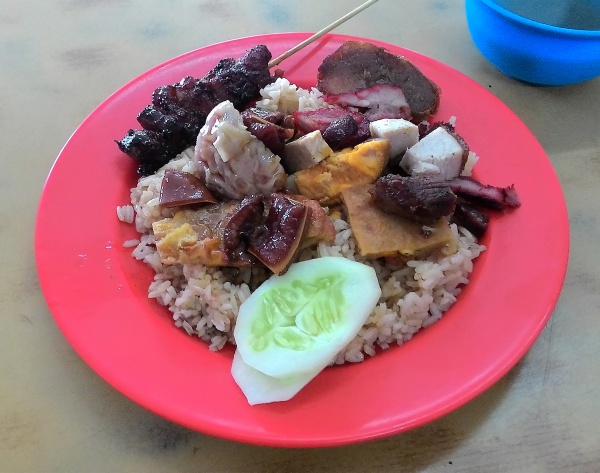Facts About Nasi campur
Nasi campur is a delightful Indonesian dish that combines a serving of steamed rice with an assortment of small portions of various foods such as meats, vegetables, peanuts, eggs, and fried shrimp crackers. Popular in Indonesia, it has also garnered a following in the Netherlands due to historical ties between the two nations.
What's particularly fascinating about nasi campur is its remarkable diversity across Southeast Asia. There is no rigid recipe, so the dish varies widely depending on the region. For instance, in Bali, a special version called Nasi Campur Bali, favored by tourists, features local flavors and ingredients, including the distinctive basa genep spice mix.
In Java, nasi campur is often referred to as nasi rames, with numerous variations across the island. This version might even include fried noodles. It is reputed that an Indo cook in West Java created nasi rames during World War II. Additionally, the Indonesian Chinese community has their interpretation known as nasi campur Tionghoa, which includes Chinese-style barbecued meats served with rice and broth. This variation, while more regional, is not widely found in China or other parts of Indonesia.
Nowadays, the term nasi campur is sometimes used loosely for marketing purposes, leading to variations in what you receive. In Indonesia, it generally indicates rice accompanied by assorted side dishes. In Malaysia, it specifically refers to Malay mixed rice. The dish, therefore, reflects different regional or cultural influences depending on the location.

 Malaysia
Malaysia